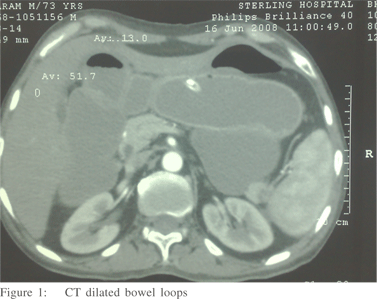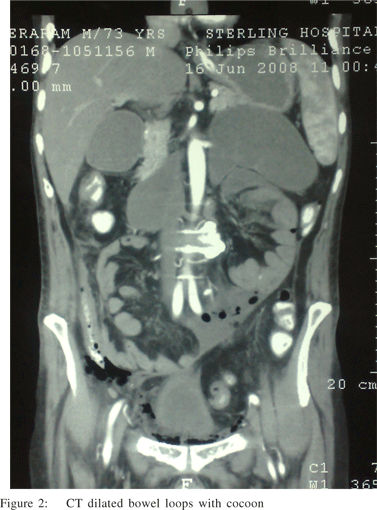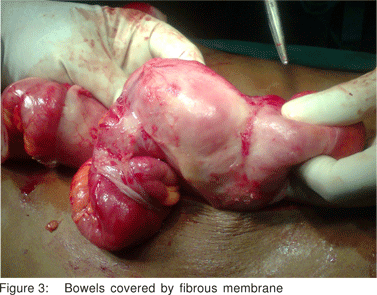Venlafaxin Ohne Rezept
Antidepressivum ohne rezept sind eine häufig verschriebene Klasse von Medikamenten, die zur Behandlung von Depressionen eingesetzt werden. Diese Medikamente wirken, indem sie den chemischen Ungleichgewichten im Gehirn entgegenwirken, die mit Depressionen verbunden sind. Typischerweise werden Antidepressiva von einem Arzt verschrieben, und der Patient muss ein Rezept in einer Apotheke einlösen, um die Medikamente zu erhalten. Es gibt jedoch auch Online-Apotheken, die Antidepressiva ohne Rezept anbieten. Dies kann für Menschen von Vorteil sein, die Schwierigkeiten haben, einen Arzt aufzusuchen oder keine Verschreibung bekommen können. Es ist jedoch wichtig zu beachten, dass der Kauf von Antidepressiva ohne ärztliche Aufsicht potenzielle Risiken mit sich bringt und dass eine gründliche medizinische Überwachung notwendig ist, um sicherzustellen, dass die Medikamente sicher und effektiv sind. Es ist immer ratsam, vor Beginn einer Behandlung mit Antidepressiva ohne Rezept eine individuelle Beratung mit einem qualifizierten Arzt einzuholen.
48uep6bbphidvals|353
48uep6bbph|2000F98CTab_Articles|Fulltext
Sclerosing encapsulating peritonitis is a rare cause of small bowel obstruction, and can be classified as idiopathic or secondary (most importantly and most frequently due to chronic ambulatory peritoneal dialysis). The idiopathic form (also known as abdominal cocoon) was first described by Foo et al in 1978.[1,2] It affects mainly young females from tropical and subtropical regions, but adult case reports from temperate zones can be encountered in literature. It is characterized by a thick, fibrotic, cocoon-like membrane, partially or totally encasing the small bowel. Clinically, it presents with recurrent episodes of acute or sub acute small bowel obstruction, weight loss, nausea and anorexia, and at times with a palpable abdominal mass.[2] Most cases are diagnosed incidentally at laparotomy, as in the case presented, although a preoperative diagnosis is purported feasible by a combination of barium follow-through (concertina pattern or cauliflower sign and delayed transit of contrast medium) and computed tomography of the abdomen (small bowel loops congregated to the center of the abdomen encased by a soft-tissue density mantle).[3,4] However, preoperative diagnosis requires a high index of clinical suspicion. Surgery (membrane dissection and extensive adhesiolysis) is the treatment of choice, and there is usually no need for bowel loop resection, especially when a preoperative diagnosis is feasible. Resection of the bowel is unnecessary and it increases morbidity and mortality. Resection is indicated only if the bowel is non-viable. An excellent longterm postoperative prognosis is most of the times guaranteed.[5]
Case Presentation
A 70 year-old man was presented with 24-hour history of colicky abdominal pain and bilious vomiting. He reported to have 6 similar episodes, attributed to small bowel obstruction in the past 4 years, which required hospitalization and resolved with conservative treatment. He also admitted chronic constipation for the last 6 years, anorexia and 15 kg weight loss since his last admission. He had no surgical or other medical history. On examination, he was in distress, but afebrile and haemodynamically stable. His abdomen was distended but non- tender, with increased bowel sounds in pitch and frequency.
No palpable abdominal mass or organomegaly and no external hernias were present. Laboratory blood analyses were within normal limits. Plain abdominal X-ray showed few air-fluid levels centrally located, without free intraperitoneal gas. Ultrasound of the abdomen did not reveal any abnormalities. Contrastenhanced CT scan of abdomen (Figure 1,2), performed on the same day, confirmed the diagnosis of small bowel ileus without providing any diagnostic clues. The patient was admitted and ileus resolved by day 3 conservatively. Endoscopy of upper and lower gastrointestinal tract and biopsies from the duodenum and colon provided normal findings. Although symptoms of obstruction had abated, the history of multiple relapses, the patient’s complaints for poor quality of life and multiple admissions, as well as the undefined origin of the underlying pathology led to an exploratory laparotomy on day 7. On surgery, a fibrous capsule covering all the abdominal viscera was revealed, in which small bowel loops were encased, with the presence of interloop adhesions (Figure 3). The liver, stomach, appendix, right and left colon, as well as the sigmoid, were also covered and the greater omentum looked hypoplastic and encased in fibrous tissue. Incision of the thick membrane and extensive adhesiolysis of small bowel loops were performed without loop resection. Histology of the membrane showed thickened fibrocollagenous tissue without inflammation. A diagnosis of idiopathic sclerosing encapsulating peritonitis (abdominal cocoon) was established, due to intraoperative findings and by ruling-out any other condition explaining the patient’s pathology. Postoperatively, a forgotten small bowel follow-through performed elsewhere was brought to our attention by the patient, showing ileal loops bunched and confined in the lower abdomen and pelvis apparently due to adhesions. Postoperative recovery was uneventful and one year after the operation he is in good health.



Discussion
In the presented case, an intra-operative diagnosis of idiopathic sclerosing peritonitis was made in an adult male patient with a history of recurrent bouts of small bowel ileus. Pre-operative findings were inconclusive in his current admission. Although final surgical management would not have been modified, if results from imaging investigations during prior admissions were accessible in time, a pre-operative diagnosis could have been made possible. Idiopathic sclerosing encapsulating peritonitis or abdominal cocoon, although a rare cause of a common surgical emergency such as small bowel ileus, may be responsible, especially in cases with recurrent attacks of nonstrangulating obstruction in the same individual. A high index of clinical suspicion may be generated by the recurrent presentation of small bowel ileus combined with relevant imaging findings and lack of other etiologies. Preoperative diagnosis must be pursued, as it may prevent a “surprise” upon laparotomy and unnecessary procedures for the patient, such as bowel resection.
References
1. Foo KT, Ng KC, Rauff A, Foong WC, Sinniah R. Unusual small intestinal obstruction in adolescent girls: the abdominal cocoon. Br J Surg. 1978;65:427–30.
2. Kawaguchi Y, Kawanishi H, Mujais S, Topley N, Oreopoulos DG. Encapsulating peritoneal sclerosis: definition, etiology, diagnosis, and treatment. International Society for Peritoneal Dialysis Ad Hoc Committee on Ultrafiltration Management in Peritoneal Dialysis. Perit Dial Int. 2000;20:S43–55.
3. Deeb LS, Mourad FH, El-Zein YR, Uthman SM. Abdominal cocoon in a man: preoperative diagnosis and literature review. J Clin Gastroenterol. 1998;26:148–50.
4. Hur J, Kim KW, Park MS, Yu JS. Abdominal cocoon: preoperative diagnostic clues from radiologic imaging with pathologic correlation. AJR Am J Roentgenol. 2004;182:639–41.
5. Celicout B, Levard H, Hay J, Msika S, Fingerhut A, Pelissier E. Sclerosing encapsulating peritonitis: early and late results of surgical management in 32 cases. French Associations for Surgical Research. Dig Surg. 1998;15:697–702.